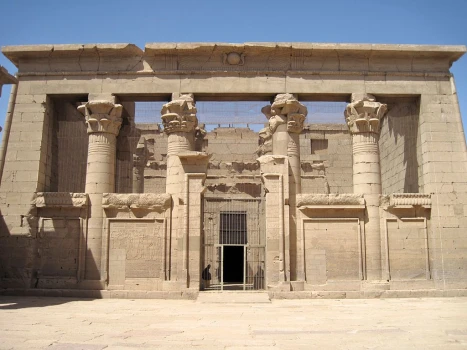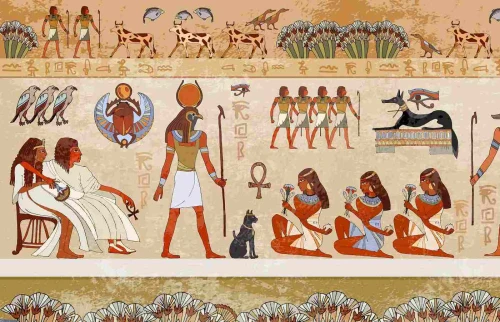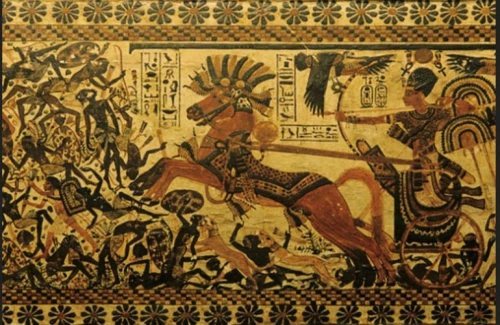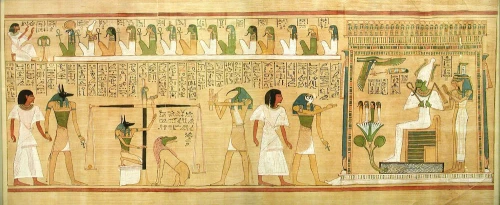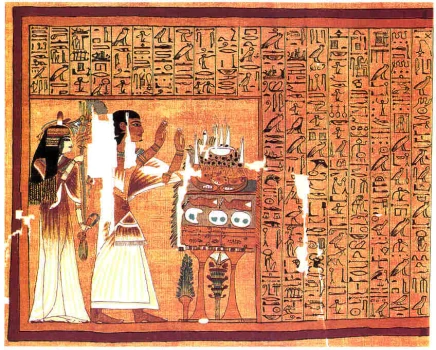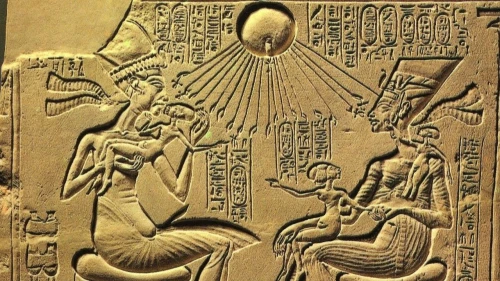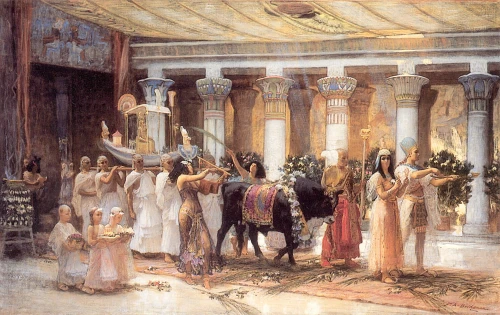
BULLS, THE SACRED From the beginning of Egypt’s history, the bull was revered for its strength and virility. During Predynastic times, bulls were associated with the king, who wore a bull’s tail as part of his royal regalia. Bulls’ heads and horns sometimes decorated the MASTABA building over a royal tomb. In the PYRAMID TEXTS., the “Bull of Re” assists king Unas when he climbs to heaven on a ladder.
Hail, four-horned bull of Re,
Your horn in the west, your horn in the east, Your southern horn, your northern horn: Bend your western horn for Unas, let Unas pass!
“Mighty Bull” and “Bull of Horus” were favorite epithets used to personify the pharaoh, and a favored sport of the pharaohs was wild bull hunting. Amenhotep III, in the New Kingdom (1550–1069
B.c.), issued commemorative scarabs to announce his prowess at hunting wild bulls.
The three sacred bulls in Egyptian religion were the APIS, BUcHIS, and NEVIS
 English
English
 Spain
Spain


